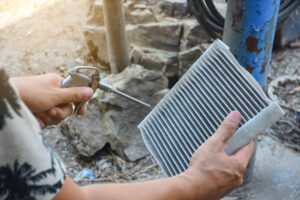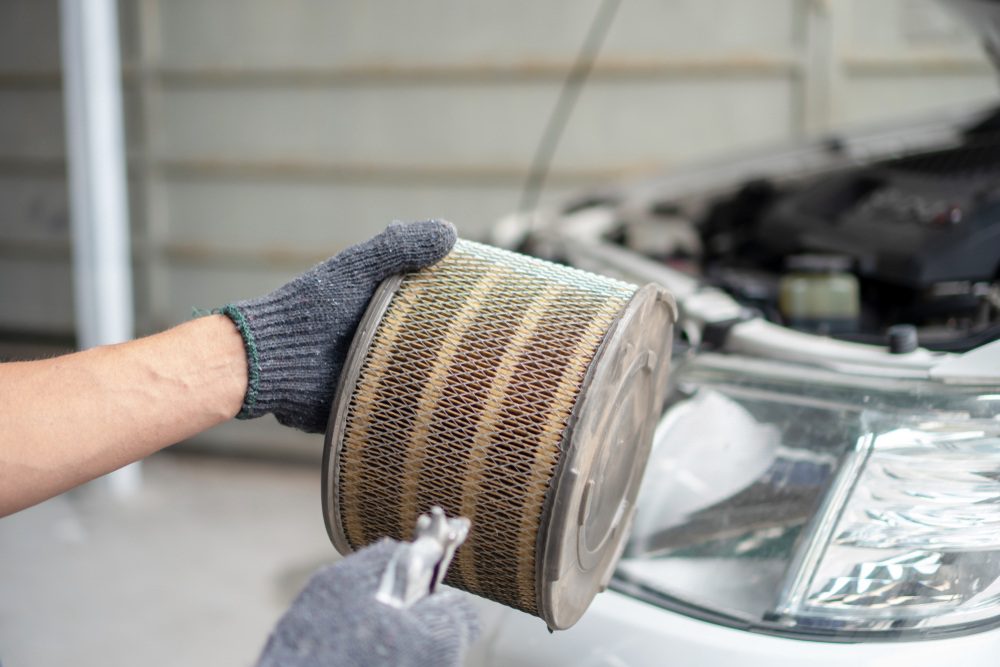A soot blower is an essential component of industrial boilers, furnaces, and heaters, which plays a vital role in maintaining efficiency and longevity. These devices remove the buildup of soot, ash, and other deposits from the surfaces of heat transfer equipment, thus improving their thermal efficiency and reducing the risk of operational problems.
Sootblowers are used in various industries, including power generation, pulp and paper, steel manufacturing, and petrochemicals, where the accumulation of deposits can cause significant damage to equipment and reduce productivity.
In this article, we will discuss the importance and uses of a soot blower and their contribution to maintaining the optimal performance of industrial equipment.
What Is a Sootblower?
A sootblower reduces the accumulation of deposits that can cause a decrease in thermal efficiency, increased fuel consumption, and potential equipment failure.
Sootblowers use compressed air, steam, or water to blast the deposits off the surface of the equipment. There are two primary types of sootblowers: retractable and rotary. Retractable sootblowers are mounted on retractable lance tubes and can be moved in and out of the boiler or furnace for cleaning. A rotary sootblower, on the other hand, has multiple nozzles that rotate and blast the deposits off the surface.
Why Is a Sootblower Important?
 Sootblowers are an essential component of industrial boilers, furnaces, and heaters and play a vital role in maintaining their efficiency and longevity. The accumulation of soot, ash, and other deposits on the surfaces of heat transfer equipment can cause various operational problems.
Sootblowers are an essential component of industrial boilers, furnaces, and heaters and play a vital role in maintaining their efficiency and longevity. The accumulation of soot, ash, and other deposits on the surfaces of heat transfer equipment can cause various operational problems.
Sootblowers prevent these problems and ensure optimal performance. A sootblower removes the buildup of deposits regularly, preventing the accumulation of a thick layer that can impede heat transfer and increase the risk of corrosion.
In addition to preventing operational problems, sootblowers also reduce the frequency and cost of maintenance. Regular cleaning with a sootblower ensures that equipment is not damaged. Sootblowers also improve the lifespan of heat transfer equipment by reducing wear and tear, extending the life of tubes, and preventing the need for premature replacement.
Sootblowers are used in a variety of industries, including power generation, pulp and paper, steel manufacturing, and petrochemicals. In power plants, sootblowers are used to clean the surfaces of boilers and economizers to maintain optimal heat transfer and reduce the risk of corrosion.
In pulp and paper mills, a sootblower is used to clean the recovery boiler, which is responsible for recovering chemicals and energy from black liquor. In steel manufacturing, sootblowers are used to clean the surfaces of blast furnaces and boilers, which are used to produce steel. In petrochemical plants, sootblowers clean the surfaces of heaters, which are used to heat crude oil and other products.
In summary, a sootblower is essential for maintaining the optimal performance of industrial equipment. By preventing deposits, reducing maintenance costs, and improving the lifespan of heat transfer equipment, sootblowers play a critical role in ensuring the efficient and safe operation of boilers, furnaces, and heaters.
What to Look For in a Sootblower
When choosing a sootblower, you must consider several factors to select the right equipment. Here are some things to look for in a sootblower:
- Type of sootblower: There are different types of sootblowers available, including retractable, rotary, and wall blowers. Each type has advantages and disadvantages, and your chosen type will depend on your specific application.
- Cleaning method: Sootblowers use different cleaning methods, such as steam, air, or water. The cleaning method you choose will depend on the type of deposits you need to remove and the equipment you are cleaning.
- Frequency of cleaning: Consider how often you need to clean your equipment and choose a sootblower to meet your cleaning requirements.
- Operating conditions: Sootblowers must withstand the operating conditions of your equipment, such as high temperatures and pressure. Ensure the sootblower you choose is designed to operate in your specific environment.
- Maintenance requirements: Consider the maintenance requirements of the sootblower, including how often it needs servicing and the cost of replacement parts.
- Cost: Sootblowers can vary in price depending on the type, size, and features. Consider your budget and choose a sootblower that offers the best value for your money.
Purchase a Quality Sootblower from Lindberg Today
 Purchasing a quality sootblower from Lindberg Process Equipment is a smart investment for any business that uses industrial boilers, furnaces, or heaters. Lindberg Process Equipment offers a wide variety of sootblowers with designs to meet the specific needs of different industries, ensuring optimal soot performance and longevity.
Purchasing a quality sootblower from Lindberg Process Equipment is a smart investment for any business that uses industrial boilers, furnaces, or heaters. Lindberg Process Equipment offers a wide variety of sootblowers with designs to meet the specific needs of different industries, ensuring optimal soot performance and longevity.
By investing in a Lindberg sootblower, businesses can prevent operational problems, reduce maintenance costs, and improve the lifespan of heat transfer equipment. With our commitment to quality and customer service, businesses can trust that they are getting a reliable and effective solution to their soot cleaning needs.
So, if you are looking for a high-quality sootblower, look no further than Lindberg Process Equipment. Contact our team today to find the perfect fit!





